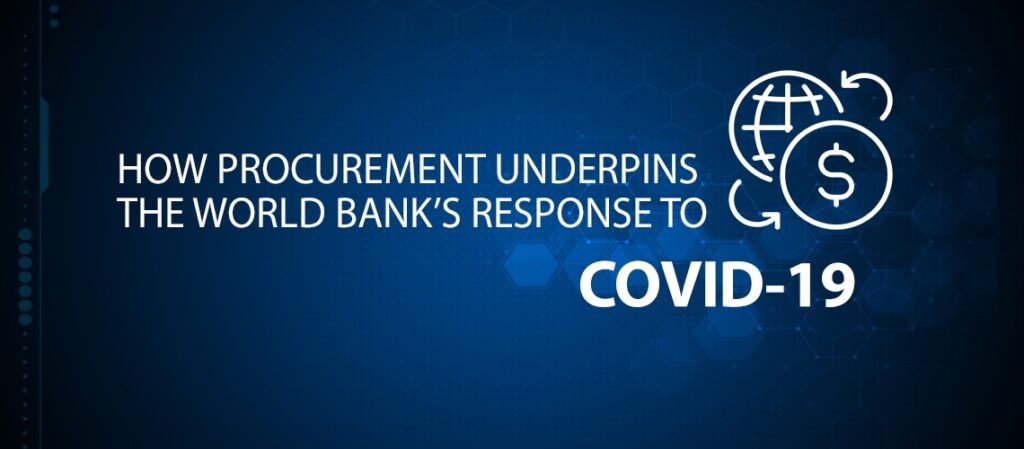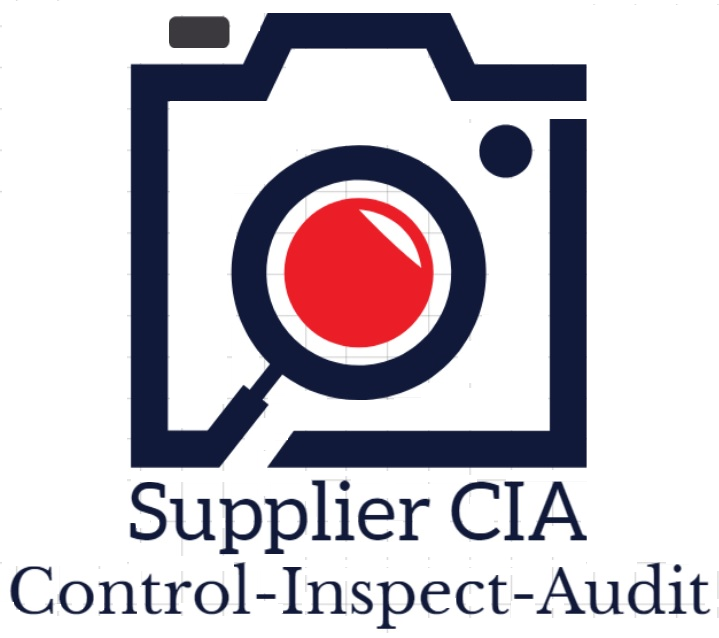
This article appeared just before the pandemic in the German purchasing trade journal Beschaffung Aktuell, editor: Sabine Schulz-Rohde
What is the right strategy in the current economic situation?
Current economic situation
Hardly anyone is as good at talking us into a crisis as the Germans. And German angst is certainly not good advice in the current market situation. It would eventually lead to even more uncertainty. Yes, it is true that there are increasing signs of an upcoming recession. People are already saying that the economic signals have jumped from “green” to “red”. One of the many signals that stand out is the media coverage of this year’s International Motor Show IAA Germany. The market was shaken by the many negative headlines, even more than in the times of Dieselgate. Other signs are the imminent Brexit, the trade war between the USA and China, worldwide climate protests, the unpopularity of diesel as the unbroken SUV trend by car buyers continues upward. The current situation is anything but rosy — especially not for purchasing. Apart from the upcoming structural changes, it is completely normal that fluctuations will occur after a (long) period of economic boom. Those who already did their homework have long been prepared. Most people, according to my impression, clearly still need to do some homework. The urgent letter by Daimler’s executive board member, Ola Källenius, following the International Motor Show to shake the managers into action speaks volumes in this connection. There is no simple answer now on what a sensible purchasing strategy for the automobile industry might be. After all, it depends on the respective company goals. If you assume, however, that these are related to “growth” and “future sustainability”, then it becomes obvious that investments, especially in purchasing, are necessary.
Where are the dangers, where are the opportunities for purchasers?
Even if no one in Germany likes hearing it: the diesel era is coming to an end. Not overnight, but it is foreseeable. The future lies in low-emission technologies. We are thus in the most exciting phase of the economic cycle. As a consequence of the beginning recession, the tracks for the next boom definitely must be laid. The next upswing is due to commence in approx. seven years based on the theory that has repeatedly proven itself. This is not a long period of time for purchasing, which under no circumstances may head for supply shortages. The race for the best technology with the smallest carbon footprint has not yet been decided. In the long term, only innovative and sustainable solutions will secure market benefits. Whether battery-operated electric vehicles or hydrogen fuel cell cars will win the race, purchasing will tip the scales at all the companies in the automobile industry. This is due to the fact that it is exactly the sustainable technologies that bear a high supply risk. Raw materials are difficult to obtain. Only those who manage to get good access to their most important markets will be able to overcome the changes in demand patterns. For the future, the company’s success will eventually also depend on the availability of nickel, platinum, and rare-earth metals. In addition, automotive purchasers on the raw material markets compete with the manufacturers of smartphones and flat-screen monitors. Under circumstances, new sources will need to be tapped for in-demand metals. Even the “pressure on prices” of the last few years can still involve undesirable consequences nowadays. There no longer is room for this in today’s purchasing strategy. Without being fair when dealing with the suppliers of in-demand raw materials, there is the risk of maneuvering yourself into a dead end. By not focusing on purchasing in a strategically sustainable way, the purchaser risks — once again — getting caught up in the rat race and becoming “only” a procurer instead of shaping the company. Of course, there is a clear call to politics to promote trade relations with countries with raw material supplies. This is apart from other sensible, accompanying measures on behalf of the government during times of a looming recession. Simply put: not only companies need to invest, but the state is also called upon for action. This probably will not be served best by “breaking even”. Who is going to buy a car that can only be refueled on short-haul routes? There is room for improvement in expanding the refueling network regarding electric vehicle charging stations and, especially, the still very rare hydrogen filling stations.
So how does purchasing need to change now?
The basics of purchasing never change. The core task continues to be: procuring the necessary goods, energy, and services in the appropriate quality at a reasonable price for the optimum amount and just in time for the site where they are needed. This means that — especially now with the new development of low-emission engine systems — purchasing absolutely must be integrated strategically into company policy. in the past, the answer to economic fluctuations leaning towards recession was: save costs, cancel trips, and downsize purchasing. This would be fatal in conjunction with the largest transformation in the history of the automobile industry. A backlog in purchasing needs to be avoided in any case. Taking the initiative is now in demand. This also means that purchasers are strongly urged to leave their comfort zone. Hiding behind your notebook computer, as the millennials like to do, is taboo. Instead, the goal now is visiting countries, locating new markets, meeting people, playing the international communication card time and again, and identifying the latest trends. This is not something that you can do in an open-plan office or a home office. It involves travel. Sensible supplier management is based on a reliable ranking of all suppliers in terms of technology, quality, services, and price. It can only be guaranteed by going there and visiting the actual production sites. As their company’s ambassadors, purchasers contribute to improving its image while they travel.
Business as usual or agile work methods?
In order to meet the challenges of the times, I recommend forming interdisciplinary teams. Purchasers, engineers, and marketing strategists together can form a powerful unit. Since they are breaking new ground in many ways, it is also worth reviewing old work methods. Answering the following questions can help in reaching a decision: does the established procedure serve transitional changes quickly or is it more of a hindrance? Are long meetings worth it? Is project work still in keeping with the times? With the “waterfall method”, linear sequential phases are broken down from the top down and mistakes are potentially noticed rather late. What opportunities do new agile methods offer? My experience has shown that agile project management fits much better into our modern times. Methods such as scrum increase efficiency, yield quick results and motivate employees. Individuals and interactions are thereby seen as more important than processes and tools. Reacting quickly to change takes priority to follow a plan. In my opinion, the future lies in “agile purchasing”.

